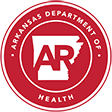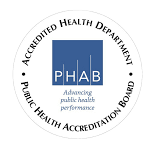Safe and Healthy Swimming
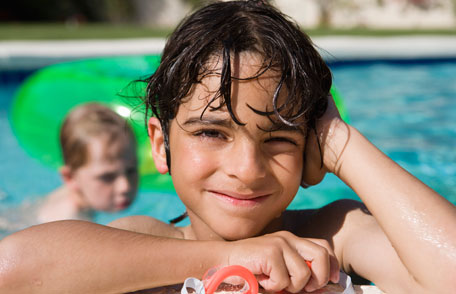 Pools, waterparks, hot tubs/spas, and water playgrounds are great places to have fun, be active, or just relax. Having fun while you are in the water this summer means knowing how to stay healthy and safe!
Pools, waterparks, hot tubs/spas, and water playgrounds are great places to have fun, be active, or just relax. Having fun while you are in the water this summer means knowing how to stay healthy and safe!
Swimming is one of the most popular sports activities in the United States, and just 2.5 hours of water-based (or other forms of) physical activity per week has health benefits no matter your age. As with any physical activity, we maximize the health benefits when we each do our part to minimize the risk of illness and injury.
Swimmers and parents of young swimmers can help protect their health and the health of their families and friends by checking the latest inspection results for public pools, water playgrounds, and hot tubs/spas.
They can also complete their own simple and short inspection before getting into any treated water. Get an inspection checklist or use the checklist below:
Check online or onsite for your public pool's latest inspection results.
Do your own inspection
Before getting into any treated water, do your own inspection. Check the following items if they pass your inspection.
- Water’s pH and free chlorine or bromine concentration are correct.* Proper pH and disinfectant levels help stop the spread of germs in the water. CDC recommends pH 7.2–7.8. The free chlorine concentration should be at least 1 ppm in pools and at least 3 ppm in hot tubs/spas. The free bromine concentration should be at least 3 ppm in pools and at least 4 ppm in hot tubs/spas.
- Drain at the bottom of the deep end is visible. Crystal-clear water allows lifeguards and other swimmers to clearly see swimmers underwater.
- Drain covers at the bottom appear to be secured and in good repair.
- Lifeguard is on duty. If not, safety equipment, such as a rescue ring or pole, is available.
If you find any problems during your inspection, tell the person in charge of the pool, hot tub/spa, or water playground so the problems can be fixed before you swim. If the person in charge does not fix the problems, report them to your state or local health 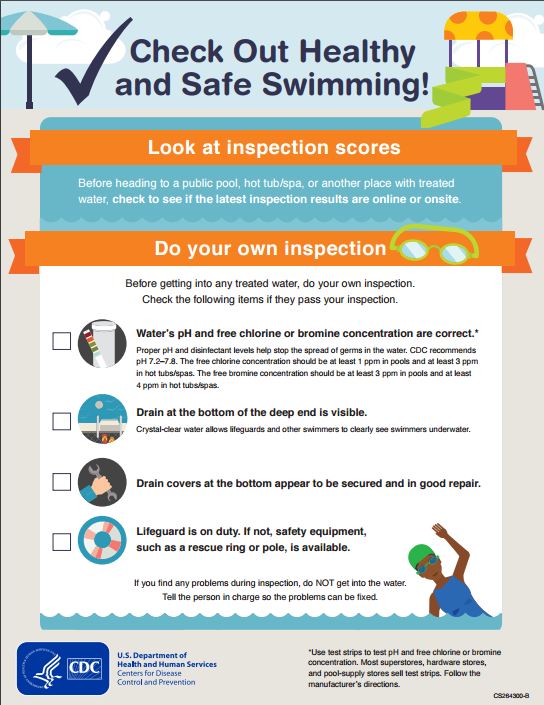
Use test strips to test pH and free chlorine or bromine concentration. Most superstores, hardware stores, and pool-supply stores sell test strips. Follow the manufacturer’s directions.
Prevent Illness and Injury
Recreational Water Illness (RWI) can be caused by germs spread by swallowing, breathing in mists or aerosols of, or having contact with contaminated water in swimming pools, hot tubs/spas, water playgrounds, lakes, rivers, or oceans. RWIs are a wide variety of infections, including gastrointestinal, skin, ear, respiratory, eye, neurologic, and wound infections.
Most outbreaks reported to CDC linked to the water in which we swim, relax, and play are outbreaks of diarrhea. These outbreaks are caused by germs like Crypto (short for Cryptosporidium), Giardia , Shigella, norovirus, and E. coli0157:H7.
These germs—sometimes millions at a time—can spread when someone who is sick has diarrhea in the water. Other people can get sick if they swallow the germy water—even just a mouthful.
Pool chemicals, like chlorine or bromine, are added to the water to kill germs. But they don't work right away. If used properly, they can kill most germs within a few minutes. However, some germs, like Crypto can live in properly treated water for several days.
The job of pool chemicals is to kill germs. But when pee, poop, sweat, and shed the dirt off our bodies into the water, the chemicals break down these other things instead of killing germs. This uses up the chemicals' power, which means there's less to kill germs.
Staying safe in and around the water is important, too. Don't forget sun safety and drowning prevention. Drowning is a leading cause of unintentional injury death among children 1–14 years old. In fact, drowning kills more young children 1-4 years than anything else except birth defects. Of drowning victims who survive and are treated in emergency rooms, more than half are hospitalized or transferred for further care. These individuals often experience brain damage, which can cause memory problems, learning disabilities, or permanent loss of basic functioning (or permanent vegetative state). Learning swimming skills like floating, wearing life vests and swimming under the supervision of parents, caregivers or life guards who know CPR can prevent drowning.
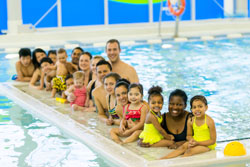 Stay Healthy in the Water
Stay Healthy in the Water
Remember, we share the water—and the germs in it—with everyone. To help protect yourself, your family, and your friends from germs and injuries, use the checklist above before getting in the water, and follow these easy and effective steps each time you get in the water:
- Keep the pee, poop, sweat, blood, and dirt out of the water.
- Stay out of the water if you have diarrhea.
- Stay out of the water if you have an open wound (for example, from surgery or a piercing) that is not covered with a waterproof bandage.
- Shower before you get in the water. Rinsing off in the shower for just 1 minute removes most of the dirt or anything else on your body.
Protect yourself and others!
- Protect against sunburn by using sunscreen with at least SPF 15 that blocks both UVA and UVB rays.
- Use well-fitting Coast Guard approved life jackets for flotation assistance rather than foam or air-filled toys.
Once you are in the water…
- Don't pee or poop in the water.
- Don't swallow the water.
- Keep an eye on children at all times, kids can drown in seconds and in silence.
Every hour—everyone out!
- Take kids on bathroom breaks.
- Check diapers, and change them in a bathroom or diaper-changing area–not poolside–to keep germs away from the pool.
- Reapply sunscreen.
- Drink plenty of fluids.
- Dry ears thoroughly with a towel after swimming.
FREE Healthy and Safe Swimming Resources
- CDC Healthy Swimming brochures (available in English or en Español)
- CDC Pool Chemical Safety posters (each available in English and en Español)
- Water Quality & Health Council (WQHC)'s Healthy Pools page.
More Information
Content provided and maintained by the Centers for Disease Control and Prevention (CDC)
Please see the system usage guidelines and disclaimer here.
